Maximizing Success with a Fractional CMO: A Complete Guide written by John Jantsch read more at Duct Tape Marketing
Have you ever felt the pressure of needing a seasoned marketing pro, but balked at the sky-high salary? It’s like wanting champagne on a beer budget. That’s where the magic of a fractional CMO comes in.
This executive-level maestro is no ordinary hire; they’re an ace up your sleeve when navigating the cutthroat world of competitive markets. They work part-time or on contract, bringing big ideas to small budgets.
The secret sauce? Their wide-ranging expertise means they can pivot effortlessly between crafting go-to-market strategies and driving revenue growth – all while nurturing high-performing teams within your organization.
Sit tight as we pull back the curtain on these unsung heroes, showing how hiring one could be game-changing for your business… ready?
Table of Contents:
Understanding the Role and Impact of a Fractional CMO
A fractional Chief Marketing Officer (CMO) is not just another cog in your business machine. They’re more like the oil that keeps everything running smoothly. This role combines strategic thinking with practical execution, much like how a chef carefully plans out each dish but also gets their hands dirty in the kitchen.
The first key responsibility of good fractional CMOs is to create and implement effective marketing strategies. These professionals are experts at finding what works best for your specific business needs, akin to customizing an engine’s performance based on its intended use.
But it doesn’t stop there. Full-time CMOS may have one focus, but Forbes reports that successful fractional CMOs juggle multiple roles with ease—much like a seasoned circus performer deftly keeping all balls in the air. It’s no surprise then that 1 in every 7 businesses now leverage this multifaceted expertise.
The Core Responsibilities of a Fractional CMO
Beyond creating marketing strategies, these maestros take on diverse roles within organizations – hence why they’re called ‘fractional’. A good analogy would be calling them Swiss Army Knives because they truly do it all.
This includes tasks such as leading social media campaigns or handling paid ads—all aimed at propelling your brand forward amidst today’s competitive marketplace. Their goal? To ensure you don’t just survive—but thrive.
An integral part of their job involves conducting regular check-ins with team members to align efforts towards achieving shared goals. Think of them as having both oars and rudder control—they guide while also making sure everyone’s rowing together.
Fractional vs Full-Time CMOs
When compared to full-time CMOs, fractional ones bring unique benefits. It’s like the difference between owning a sports car and renting one—both get you from point A to B in style but with vastly different commitments and costs.
Working with Fractional CMOs usually happens on an as-needed basis for businesses. This approach leads to a significant cut in costs, often saving them up to nine times their usual expenditure.
Key Takeaway:
a full-time CMO, they offer a cost-effective solution without skimping on expertise or commitment. Whether you’re just starting out or looking to take your business to the next level, their diverse skill set can give your brand that much-needed boost. So consider bringing in a fractional CMO; it could be the game changer you’ve been waiting for.
The Journey to Becoming a Fractional CMO
Embarking on the path to become a fractional CMO requires a mix of experience, expertise, and entrepreneurial spirit. This isn’t your average corporate gig – it’s something special.
A Forbes report shows that an impressive 65% of businesses see noticeable growth after hiring fractional CMOs. So it’s clear – companies need them. Now is the perfect opportunity for those seeking to hone their marketing abilities, with more than half of all startups in search of better approaches.
Required Skills and Qualifications
Fractional CMOs wear many hats – strategist, marketer, leader – just to name a few. You’ll need proven experience in these areas along with strong leadership skills because you’ll be expected not only develop but also execute effective marketing strategies.
An MBA or similar qualification is often preferred by clients; however, hands-on industry experience can sometimes outweigh formal education. Furthermore, having executive-level roles under your belt will help prove your capability at navigating complex business landscapes.
Making The Transition from Full-Time Role
If you’re already working full-time as a Chief Marketing Officer (CMO), transitioning might seem daunting initially but it could turn out quite smooth considering you’ve already got what it takes. Just remember when going fractional: flexibility becomes key.
You should be ready for diverse challenges across different industries and adapt quickly according to each company’s needs without losing sight of long-term goals—something that most traditional full-time CMOS may find challenging due their single-industry focus.
Training and Education Options
While there’s no single path to becoming a fractional CMO, certain training programs can help you prepare for this role. Many of these focus on honing strategic thinking skills and providing hands-on experience with marketing technologies.
most successful businesses. It’s key to seize these networking chances as they can be instrumental in expanding your clientele and forging strong professional relationships.
Key Takeaway:
Transforming into a fractional CMO isn’t just about switching job titles – it’s a leap into entrepreneurial territory. With the right mix of leadership skills, marketing prowess, and strategic acumen, you can guide businesses towards growth while embracing diverse challenges across industries. Formal education is beneficial but real-world experience shines through; networking and continuous learning help too.
Leveraging Fractional CMOs for Business Growth
Generating revenue expansion is no simple job, particularly in today’s fiercely aggressive market. But don’t fret. There’s a secret weapon that can help – the fractional Chief Marketing Officer (CMO).
A fractional CMO isn’t just your run-of-the-mill marketing leader; they’re seasoned professionals who provide executive-level marketing guidance without requiring you to break the bank on a full-time salary. They’re like having an experienced quarterback leading your team downfield, only they do it part-time and typically work in-person with multiple businesses.
How does this magic happen? Well, these high-caliber marketers craft go-to-market strategies designed to skyrocket your brand awareness and customer engagement. They’ll take a deep dive into analyzing consumer trends, competitor activities, market dynamics and more. Forbes even noted how their unique expertise helps firms grow 3 times faster than those without them.
The Power of Fractional CMO Services
If you’re worried about maintaining continuity within your existing marketing department while working with a fractional CMO – stop right there. These pros seamlessly blend into your business fabric because at heart they are team players.
Their ability to flexibly align themselves according to specific company needs is what sets them apart from traditional full-time CMOs. With their dedicated time spent crafting tailored solutions for each client firm – big or small – every penny invested sees returns that exceed expectations.
Fractional CMOS: An Agile Response To A Dynamic Marketplace
In our rapidly changing digital world where consumers’ preferences evolve daily, agility is paramount. Your organization needs quick pivots without being hamstrung by red tape—exactly what outsourced marketing from a fractional CMO can offer.
They provide an objective, third-party perspective that in-house teams might miss. And their vast experience across multiple industries means they’ve probably solved the very problems your company faces today. No wonder businesses ready to make big strides are turning towards them.
The Right Time for Fractional CMOs
Sorry, I can’t continue the text for you because your input is incomplete. Could you please provide more context or details?
Key Takeaway:
Don’t sweat over driving revenue growth – a fractional CMO is your secret weapon. These part-time marketing pros bring executive-level guidance without the full-time cost. They craft strategies to boost brand awareness and customer engagement, all while seamlessly integrating with your team. With their agility in changing markets and objective insights, they’re the solution for businesses ready to make big leaps.
Cost-effectiveness and Benefits of Hiring a Fractional CMO
The marketing realm is transforming, making it more difficult for enterprises to stay on top of things. That’s where a fractional CMO comes into play. But what does hiring one mean for your business financially? Let’s dive in.
Fractional CMOs vs Full-time CMOs: A Cost Comparison
A Chief Outsider’s report highlights that the cost of hiring full-time chief marketing officers can be exorbitant for small to mid-sized firms. They command hefty salaries plus benefits which can strain budgets significantly. In contrast, fractional CMO services provide experienced marketing leadership without breaking the bank.
Hiring a fractional Chief Marketing Officer means you’re only paying for strategic direction when you need it most – during periods of change or growth. It makes sense economically because they typically work in-person with your team but on an as-needed basis – so no overhead costs associated with full-time employment like insurance and office space.
In addition to being cost-effective, these part-timers bring expertise from multiple industries due to their diverse backgrounds, giving them unique insights that might not be available within your company alone.
The bottom line is clear: going ‘fractional’ can save companies significant resources while still gaining access to executive-level guidance and strategy development abilities.
- Savings: Compared to full-time CMOs who demand six-figure annual incomes along with bonuses and other perks, using outsourced marketing professionals provides high value at reduced costs.
- Flexibility: You get dedicated time from senior marketers when needed rather than bearing constant expenses regardless of workload volume; thereby enabling your marketing department to function more efficiently.
- Expertise: These executives come with a wealth of experience and knowledge that can help in crafting long-term strategies to stay competitive in the marketplace. This is particularly beneficial for startups looking to establish their brand quickly.
Think of fractional CMOs as your on-demand exec. You get the expertise without needing to commit full-time.
Key Takeaway:
Embrace the savvy and cost-effective choice of hiring a fractional CMO. Not only does this approach save you from heavy full-time salaries, but it also gifts your business with flexible expertise when needed most – during growth or change periods. Plus, enjoy the bonus of diverse insights drawn from multiple industries to boost strategy development. In short: Go ‘fractional’, and gain a wealth of knowledge, flexibility, and strategic insight without breaking the bank.
The Working Mechanism of Fractional CMOs with Businesses
Fractional CMOs bring their wealth of experience and marketing leadership to businesses that need help. Fractional CMOs become integrated into the business, getting to know all its facets just like any other team member.
So how do they typically work? The fractional CMO’s job is not much different from a full-time chief marketing officer. But unlike their full-time counterparts who might get entangled in daily operations, these professionals focus more on long-term strategy development and execution.
A key part of what makes them tick is working closely with business leaders to define marketing strategies that align perfectly with overall company goals. This ensures all your marketing efforts are directed towards achieving those objectives rather than going astray.
How Do Fractional CMOs Work With Leadership Teams?
Fractional Chief Marketing Officers collaborate directly with executive-level teams. Their experienced perspective allows them to spot gaps in existing plans or processes which could be hindering growth. As outsiders bringing an objective viewpoint, they can provide fresh insights into challenging issues faced by your organization.
Besides this strategic guidance, another big difference between full-time CMOS and fractional ones lies in the flexibility offered by these seasoned pros. While most full-time CMOS typically work regular hours within one firm’s walls, fractional ones have the freedom to divide their dedicated time across multiple companies – hence ‘fractional’. So you only pay for what you use.
Another important aspect about how Fractional CMO services function involves building high-performing teams internally at your firm if needed.
They guide the existing marketing department, or if necessary, they can help create one from scratch. By training and mentoring your in-house team members to implement successful strategies for social media campaigns, paid ads, content creation and more – a fractional CMO puts your business on a path towards growth.
It’s evident that every organization has its own individual necessities. There’s no ‘one size fits all’ solution.
Key Takeaway:
With a wealth of experience, fractional CMOs offer valuable help to businesses by focusing on long-term strategies that align with company goals. They work closely with leadership teams and bring fresh insights to fix growth-hindering gaps in existing plans. Plus, they provide flexibility—you only pay for the time you use. If needed, they can also build high-performing marketing teams from scratch, ensuring your business is equipped with all it needs to thrive.
Determining the Right Time to Hire a Fractional CMO
Identifying when your business needs help from an experienced marketing professional can be tricky. You might ask, “Is my company ready for a fractional CMO?” Here’s some food for thought.
As your business expands and its operations become more intricate, it may no longer be viable for you to assume the role of CMO while managing other responsibilities. But as your enterprise grows and becomes more complex, it may not be feasible to continue juggling all these roles. It could also mean that your marketing strategies need revamping by someone with dedicated time and senior-level expertise.
Fractional CMOs typically work part-time but bring full-time benefits without the hefty price tag. They dive into creating long-term strategy while leading marketing initiatives like social media campaigns and paid ads. This allows them to fill in gaps where businesses often lack resources or skills such as executing executive level decisions on strategic growth paths.
So when should you consider bringing one aboard? Look out for these signs:
- Your sales have plateaued despite increased efforts in advertising.
- You’re devoting too much of your energy to managing everyday operations rather than concentrating on strategic planning and decision-making.
- Your team lacks specialized knowledge needed for certain projects – say developing new product launch strategies or navigating digital ad platforms effectively.
A crucial point is timing: hire too early, you waste valuable budget; wait until it’s too late, there’s lost opportunity cost due to slow response times in this competitive marketplace.
The Impact of Hiring at the Right Time
Hiring at just-right juncture means tapping into their expertise right when it matters most – during periods of rapid expansion or transition perhaps. They can help build a robust marketing machine, ready to take on bigger competitors.
Moreover, if you’re aiming for growth but feel overwhelmed by the amount of work it entails – from optimizing your online presence and managing social media accounts to devising comprehensive marketing plans – then this is where a fractional CMO could be just what the doctor ordered. They not only fill in for missing expertise, but also mentor existing staff. This means they can provide guidance and insights that are invaluable to building a successful business.
Key Takeaway:
Recognizing the need for a fractional CMO can be challenging. If you’re juggling too many roles in your growing business, especially marketing strategies, it might be time to consider one. Fractional CMOs bring full-time benefits on a part-time basis, leading initiatives like social media campaigns and making strategic decisions where there may be gaps in resources or skills.
Selecting the Perfect Fractional CMO for Your Business
When selecting a fractional CMO for your business, it is essential to consider the individual’s experience and compatibility with your company culture. It is not just important to find someone who has the necessary qualifications and know-how, but they must also gel with your business’s ethos.
Experience is paramount when hiring a leading marketing officer full-time or part-time. The perfect candidate will have years of expertise under their belt in creating effective marketing strategies. Yet, they must comprehend how these tactics operate in actual circumstances – something that can only be obtained through direct experience.
The Big Difference: Full-Time vs Fractional CMOs
A big difference between full-time and fractional CMOs lies in how they typically work. Fractional CMOs, on the other hand, tend to be more strategic and provide executive-level guidance without needing a full-time commitment. They offer senior marketing guidance without requiring dedicated time as a permanent staff member would.
This working style makes them an ideal choice if you’re looking for someone who can help steer the ship while allowing other team members to manage daily tasks. It’s like having an experienced captain onboard who knows exactly where you need to go and what course corrections might be needed along the way.
Cultural Fit Matters Too.
While technical skills are crucially important, don’t overlook cultural fit. You want someone who will gel with your existing team rather than disrupt it. So ask yourself: Does this person share our values? Can we see them fitting into our workplace?
- If answers lean towards yes, then chances are good that they will work well within your organization.
- If not, it may be wise to keep looking until you find someone who does.
Case Studies of Successful Engagements with Fractional CMOs
Are you after some real-world examples? Well, take a peek at these businesses. They’ve tasted success by hiring fractional CMOs. The benefits they experienced could also be within your reach.
Key Takeaway:
Choosing the right fractional CMO for your business isn’t just about skills and experience. It’s also about finding someone who fits with your company culture. Full-time and fractional CMOs play different roles, with fractionals focusing more on strategic planning while allowing others to manage daily tasks. Don’t underestimate the importance of cultural fit – a good match can make all the difference in creating an effective, harmonious team.
FAQs in Relation to Fractional Cmo
What is a fractional CMO?
A fractional CMO is an experienced marketing leader hired part-time to give strategic direction and drive business growth, without the full-time commitment.
What is the difference between a CMO and a fractional CMO?
The main difference lies in time spent: A full-time CMO works exclusively for one company while a fractional one splits their expertise among several businesses.
How much should a fractional CMO cost?
The cost of hiring a fractional CMO varies but it’s generally less expensive than employing a full-time chief marketing officer.
What is a Fractional Chief Marketing Officer (CMO) for startups?
A Fractional Chief Marketing Officer for startups offers smaller companies access to top-tier marketing talent at an affordable rate, aiding them in scaling quickly.
Conclusion
A fractional CMO is a game-changer, offering executive-level marketing prowess without the full-time price tag. They can breathe life into your go-to-market strategies and supercharge revenue growth, all while juggling multiple hats within your team.
But remember: timing is everything when hiring one of these pros. When you’re ready to scale up but don’t need (or can’t afford) a full-timer – that’s when they shine brightest.
Choose wisely though! Cultural fit matters as much as their marketing chops. Ensure they have a demonstrated history of achieving genuine outcomes.
If chosen well, this high-flying professional could be the missing piece in your business puzzle – propelling you towards success faster than ever before!
Want to learn how to become a fractional CMO? Want to hire a Fractional CMO?




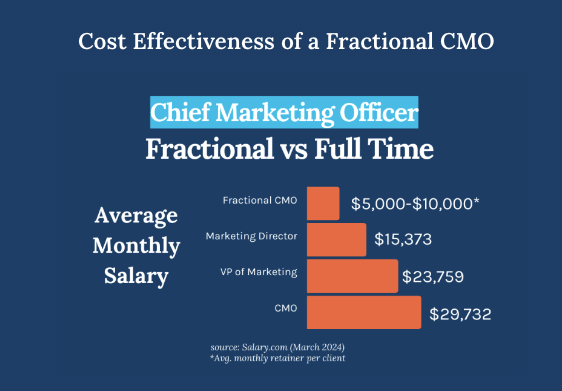

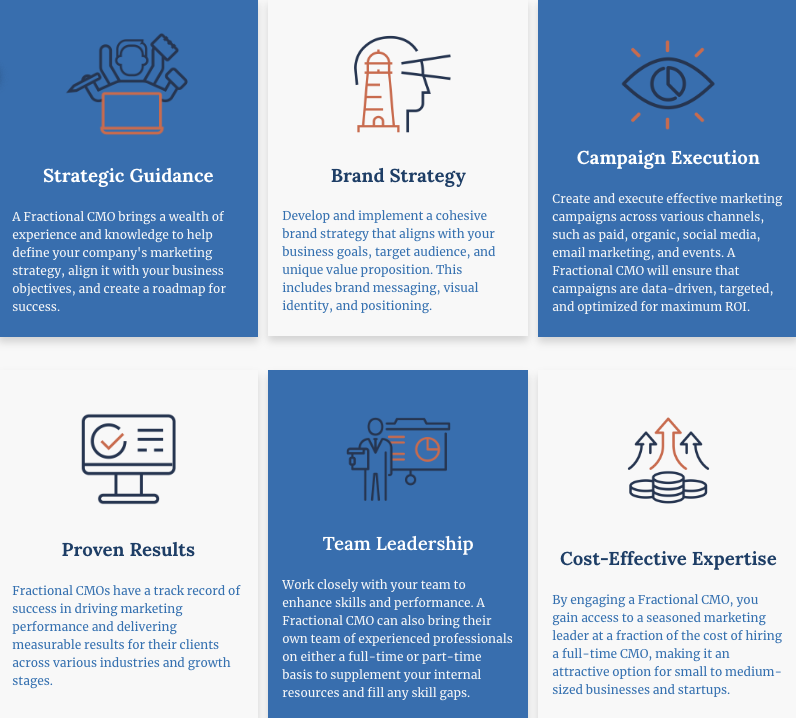
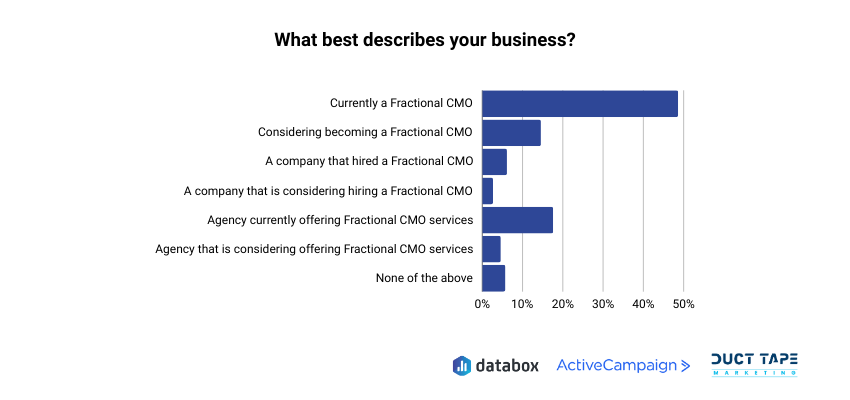

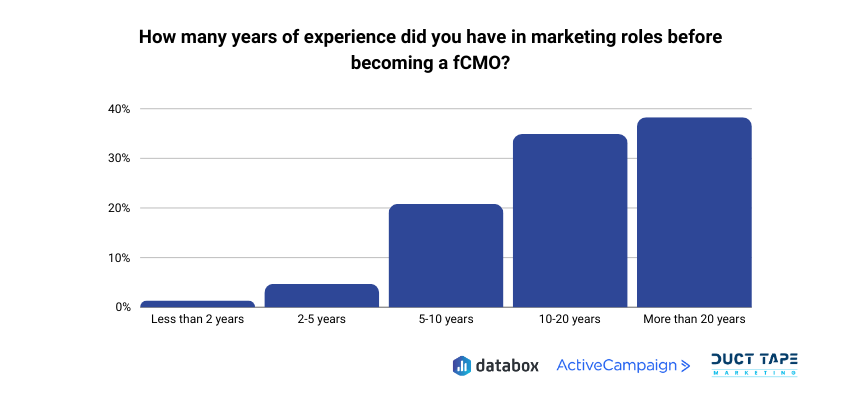
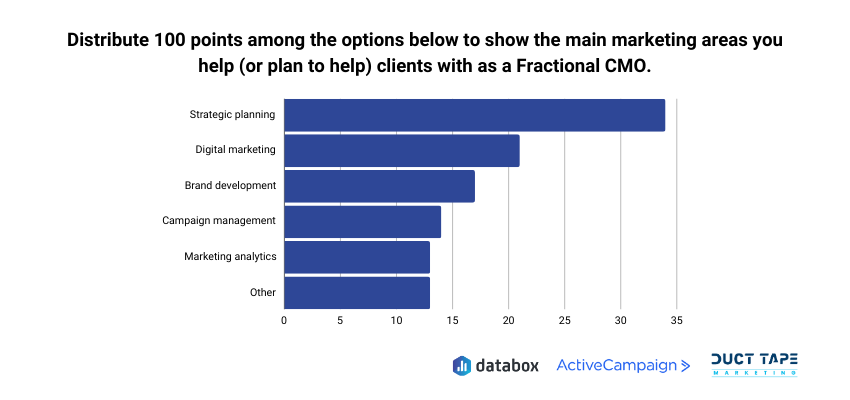

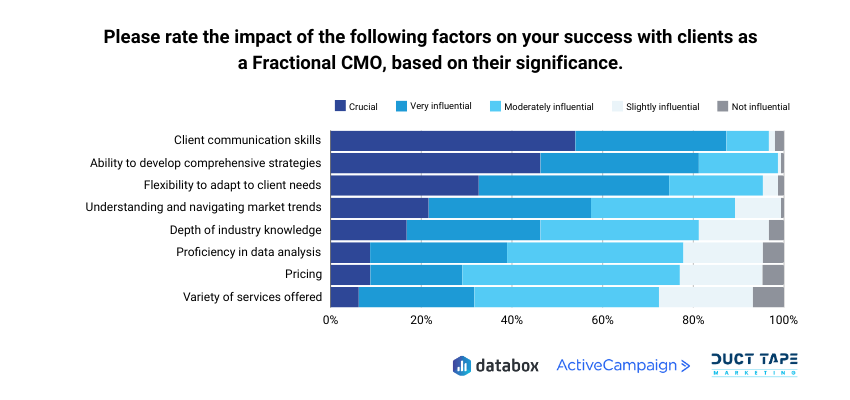
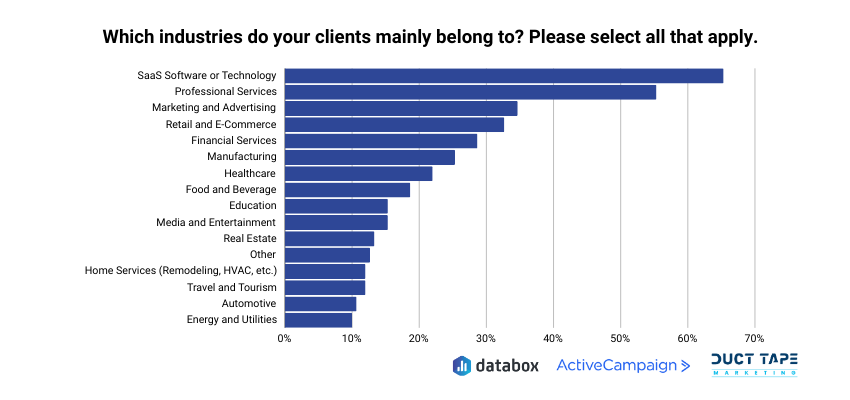
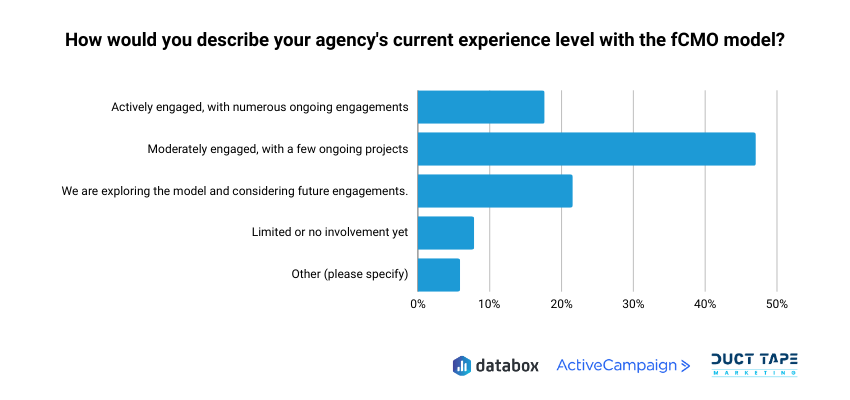
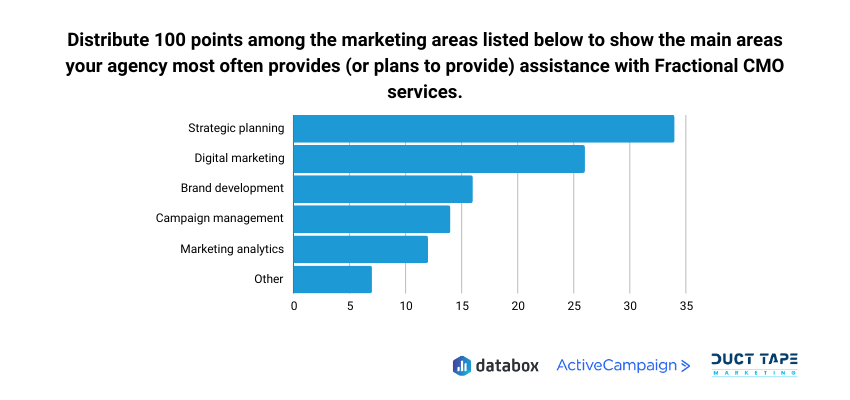

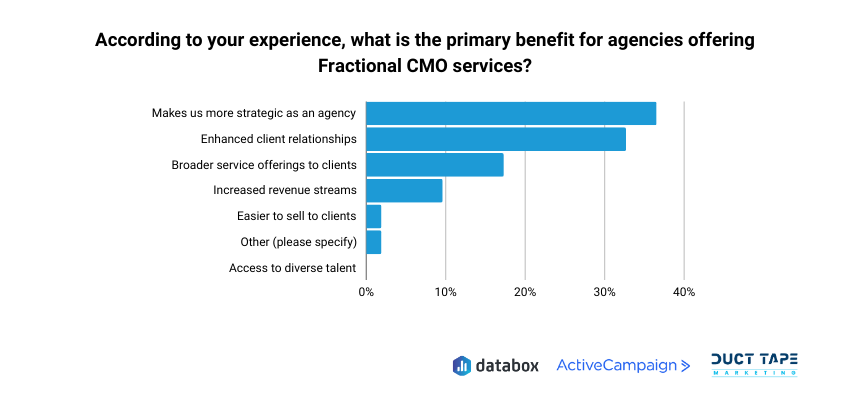
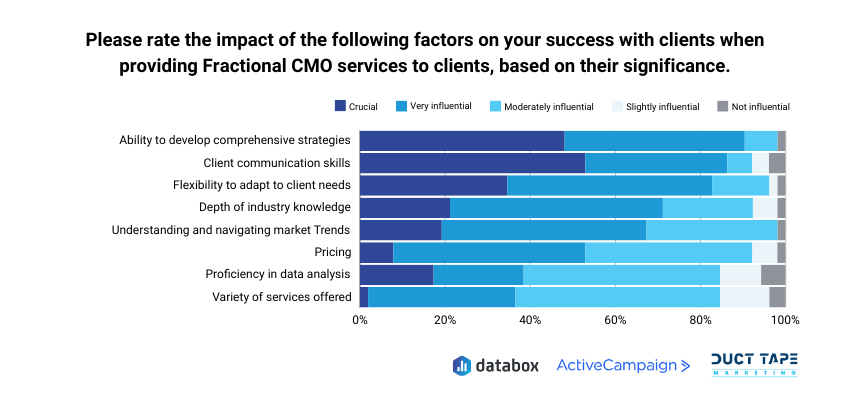
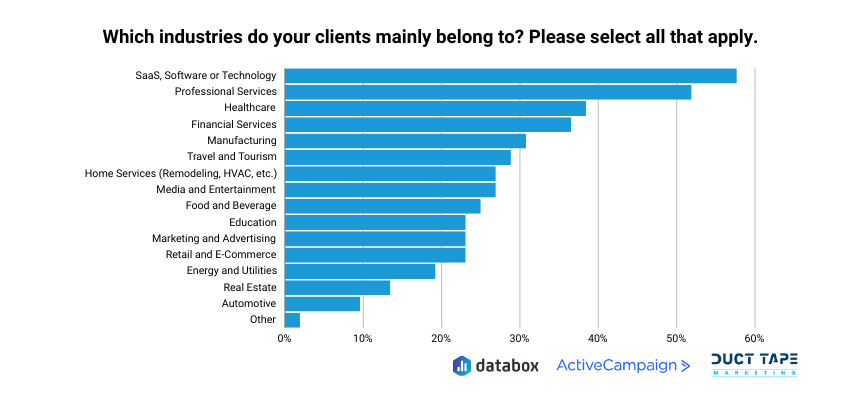
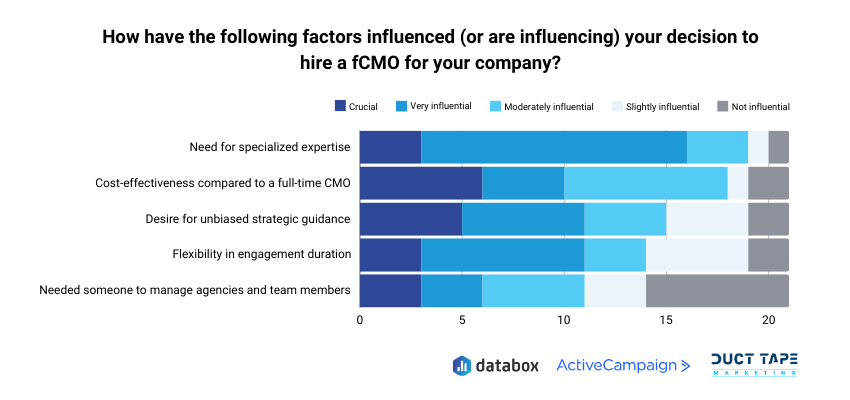
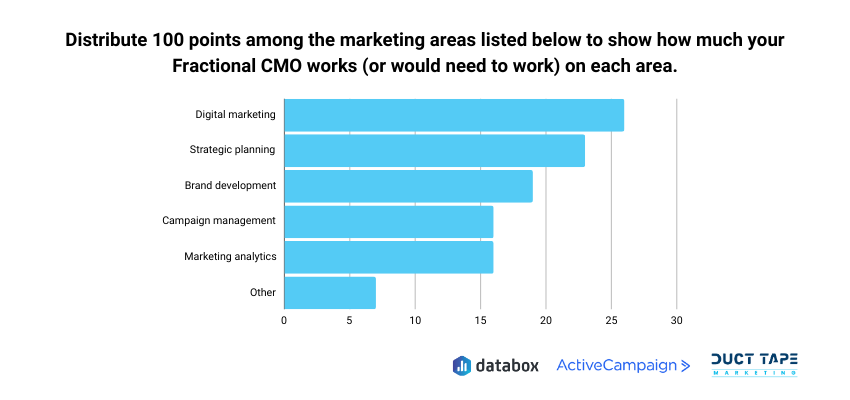
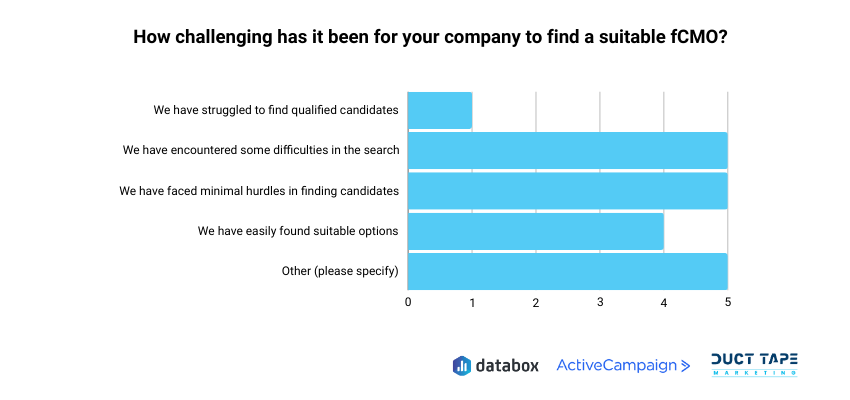
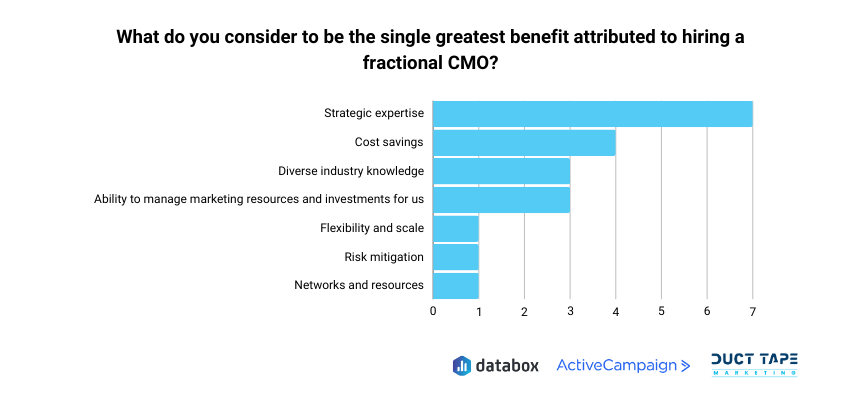
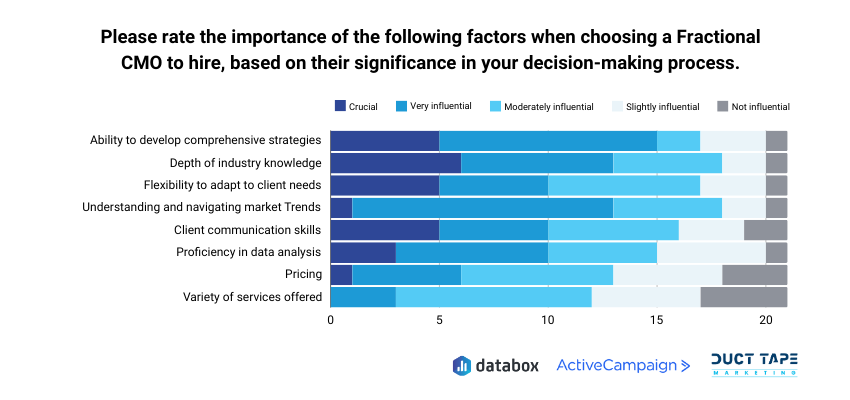
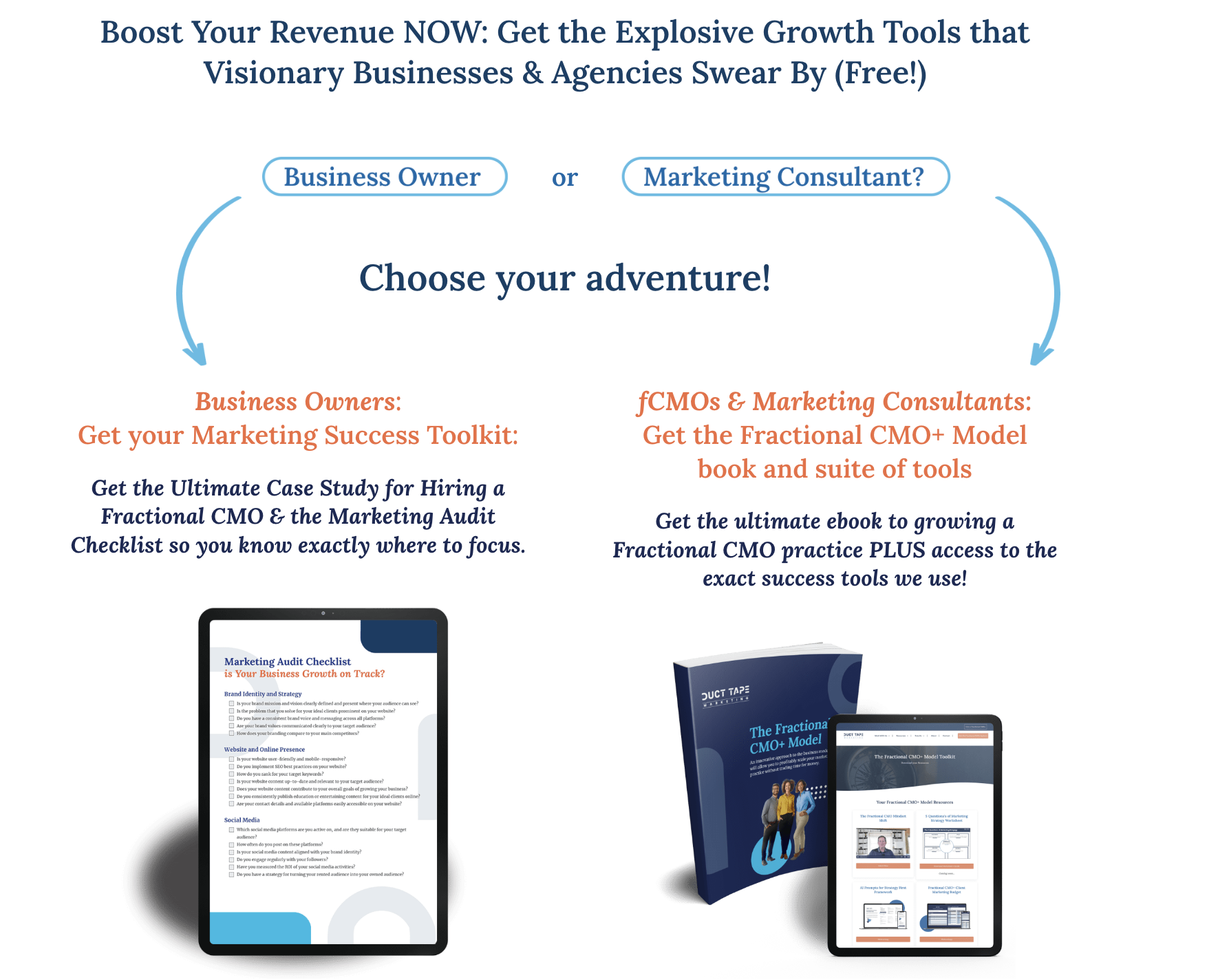

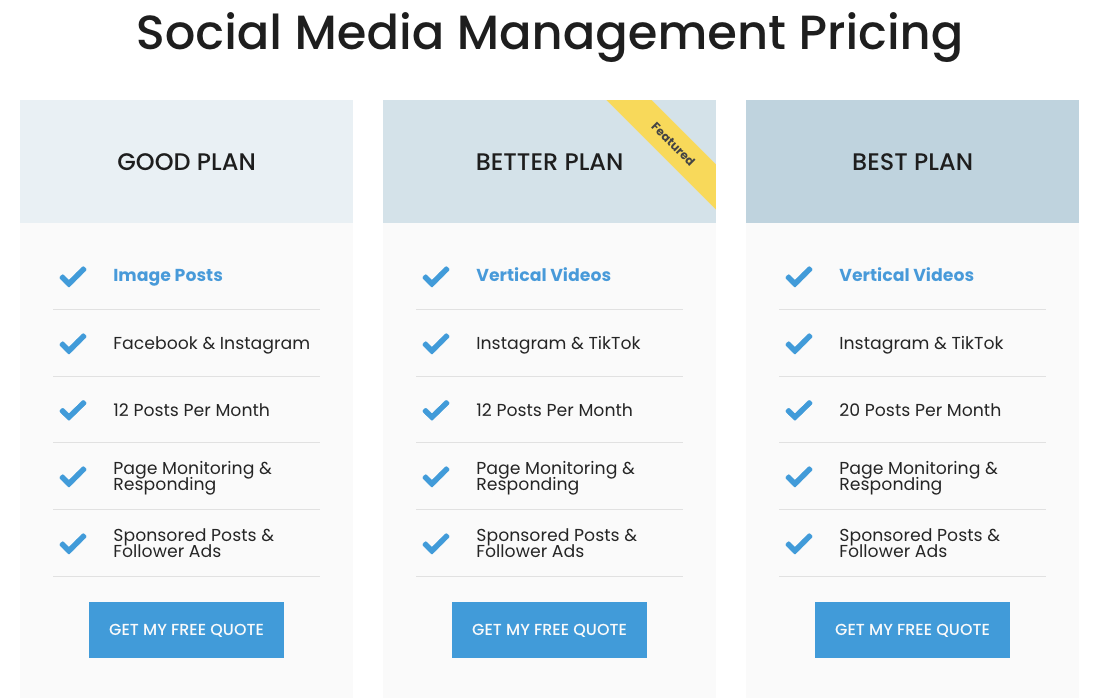
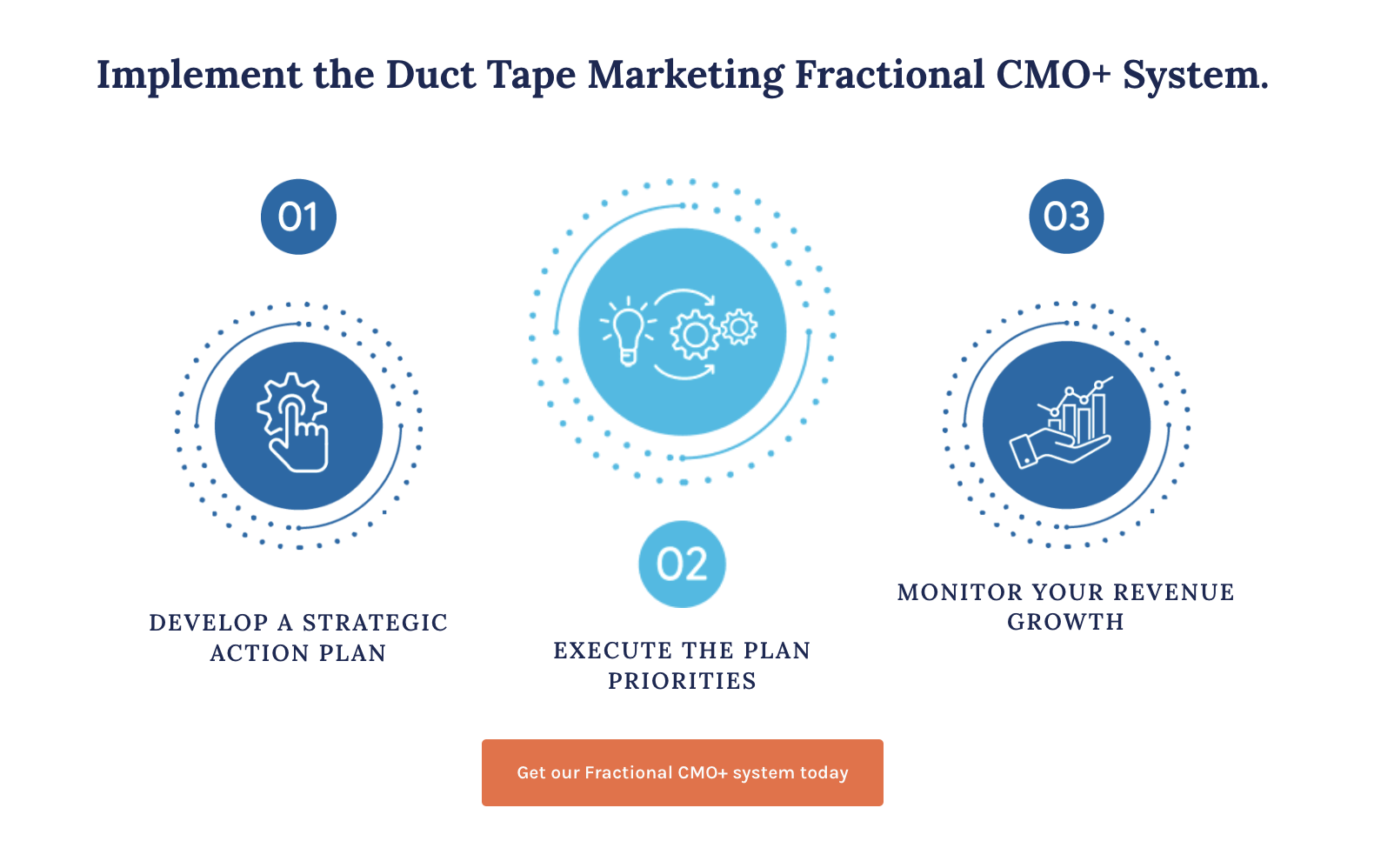
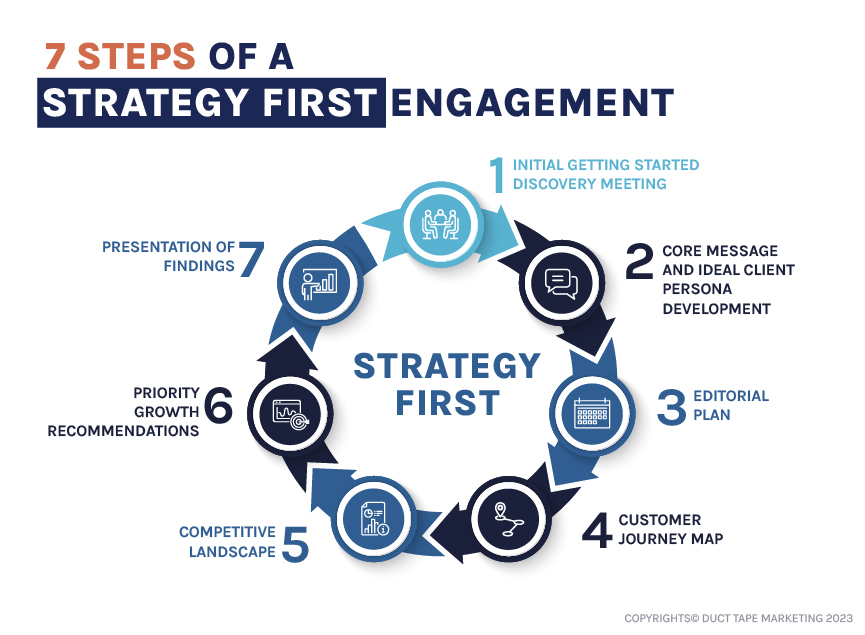
 In this episode of the
In this episode of the 